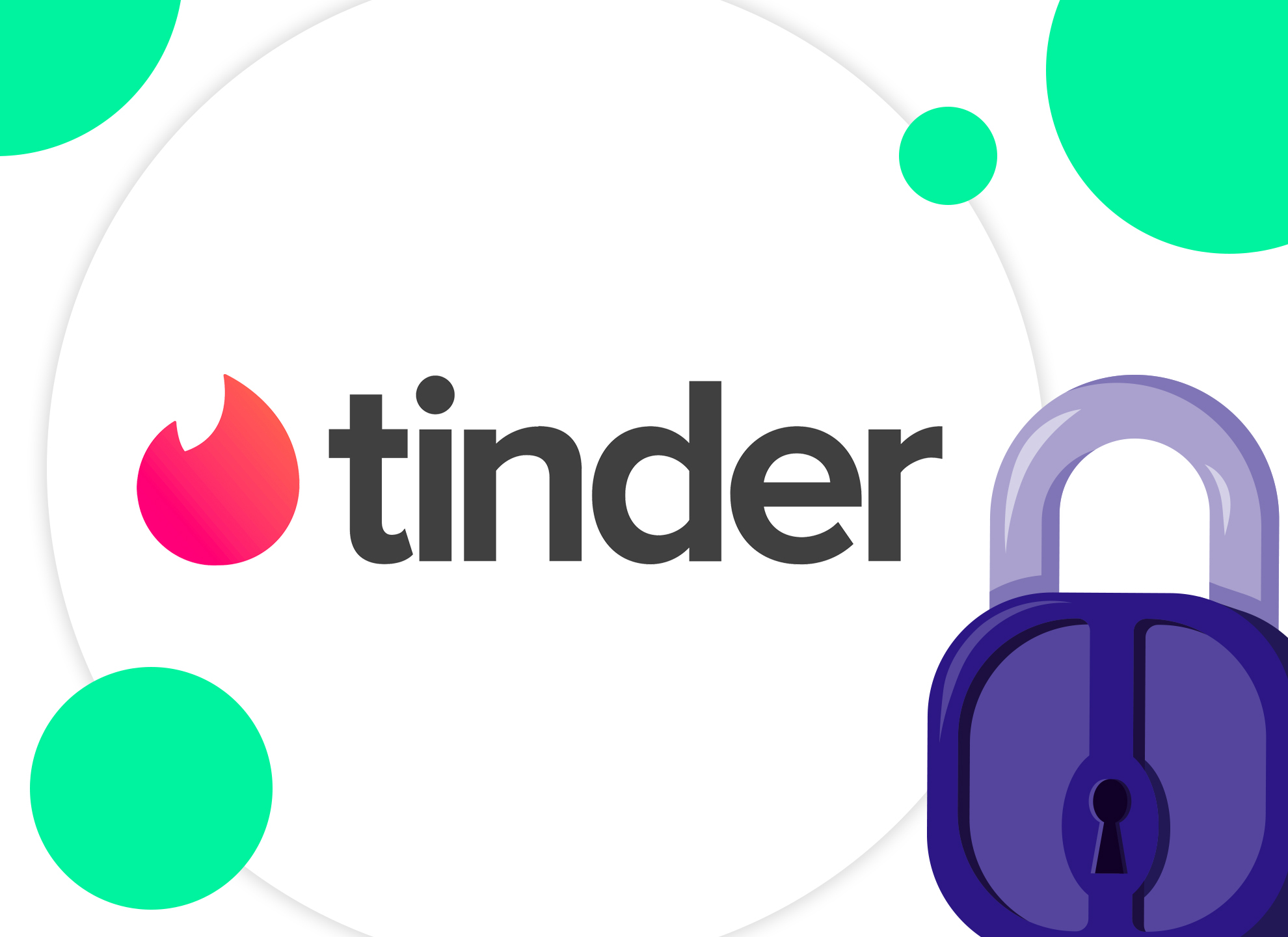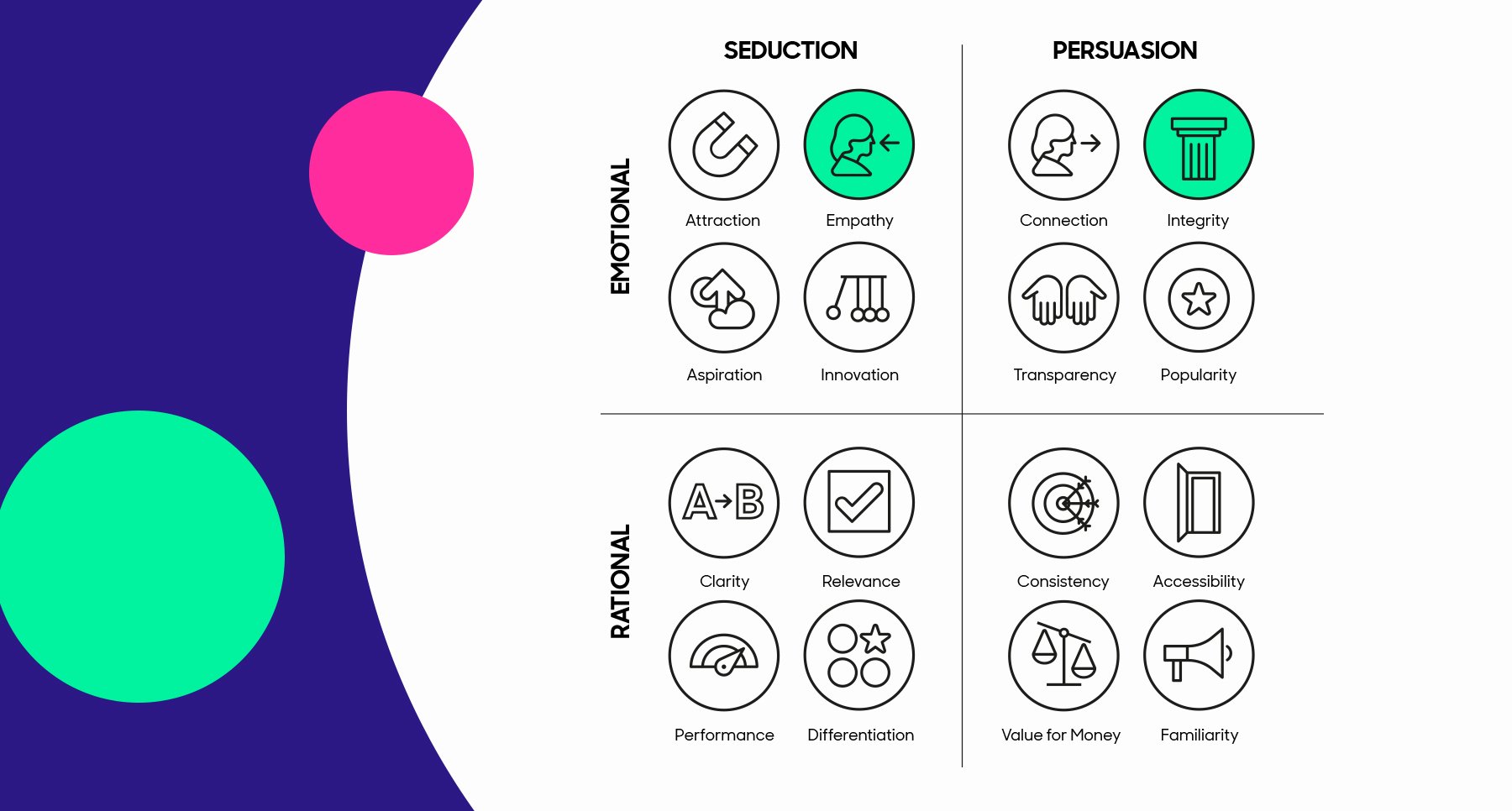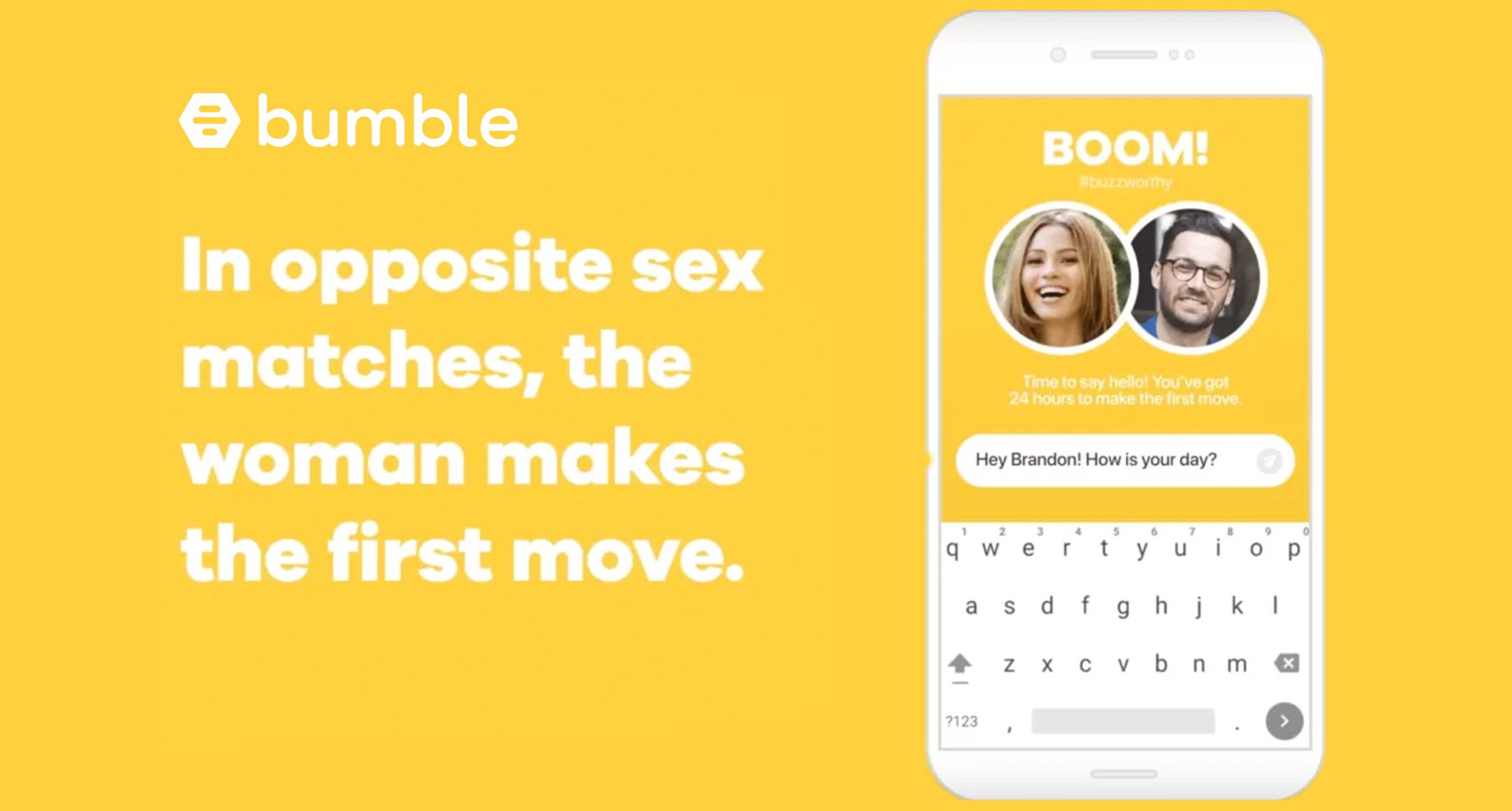Posted on June 12, 2021
Updated on March 13, 2023
4 min read time

Tinder permanently changed the online dating scene through its easily accessible model, matching users through location, a short bio, and a selection of photos. The app revolutionized ‘swift left, swipe right’ and by 2014, users were swiping 1 billion times a day. ‘Swiping’ has now become part of our everyday vocabulary and has completely shaped how consumers see the world of dating today.
It’s nearly a decade later and Tinder is still a global success, with over 66 million users, and a penetration rate of 52% amongst the 18-24 age range. Now that Tinder’s passed its 9-year mark, it’s going to get tougher for the brand to sustain its relationships with its users, especially when so many noisy newcomers are fighting for space in the category.
The relationships we have with brands are no different to the relationships we have with people. At ProQuo, we’ve determined there are 16 Drivers that underpin every relationship, brand-related or not. In a nutshell, they show how we relate to brands. Do we like how a brand is conducting itself? Do we feel a brand understands how we’re feeling? And to what extent do we think a brand is acting transparently? Ultimately, those with the strongest relationships will be the most successful.
For Tinder, it’s not always been an easy journey, with both the Integrity and Empathy Drivers coming under fire in recent years. But the brand is definitely taking positive steps to recover its image and reclaim its position as the dating app of the twenty first century. Let’s see how successful its strategy has been.
Tinder operates in a hugely competitive market, with hundreds of smaller apps snapping at its heels, including Bumble and Hinge (a Match Group company, just like Tinder). Because of this, the app must work harder to maintain its following.
This challenge is made even more difficult because of the nature of the category, which is known to be transient. Typically, users in this category try to be on these apps for as little time as possible. And that’s why the market isn’t known for loyalty. Users will revert to the app with the best success rate and it’s not uncommon to see the same user frequenting multiple apps at one time. Brands in this space need to be strategic to hold onto a following and maintain their position within people’s minds.
Empathy is key here. Connect with your audience by introducing personalized new features, before your competitors do. Before the US election, dating app, OkCupid, created a Trump Filter to help users find likeminded matches. This was a great way to show they anticipated and catered towards specific audience needs.

Another problem facing Tinder today, is that all apps in this space are largely the same, with similar business models and interfaces. So, standing out in the crowd is hugely difficult to achieve. On our ProQuo platform, we can see that dating app users value Differentiation, as its score has risen 6% over the past 3 months. It’s now become one of the top 4 most important Drivers which people look for when choosing which app to interact with.
The best way to achieve Differentiation as an established player, is to go internally, addressing any problems within your brand first before you focus on changing the wheel. This will help you to slow down disruptors in your category, as they won’t be able to capitalize on your shortcomings.
Bumble was such a hit because it introduced an entirely new concept to the world of dating, where women messaged first. 77% of women said they feel safest using Bumble over other apps, as they are able to control the narrative. By prioritizing safety, Bumble have tapped into a key fear that’s common amongst dating apps users, and in doing so, they benefit from a deeper connection with their audience, which is likely to drive sustained loyalty and boost their Empathy.

To pull off a similar win, Tinder had to re-examine their values to identify the cracks within their system. The app has long been associated with abusive messages, and since its creation has struggled to put a stop to harassment. Their Integrity has been weakened in the process, as often users feel uneasy about safety when operating the app. Without fixing this gaping hole, the brand would leave itself in a vulnerable position to disruptors in the market.
Just last month, the brand announced they were introducing a new automated system to detect harmful language. When users type abuse into the app, a bot asks, ‘are you sure you want to post this?’ before allowing the user to send. This tactic has been successful in reducing the quantity of inappropriate messages across the site. It’s sure to boost the brand’s Integrity and Empathy in the eyes of app-users, as it shows the brand taking serious steps towards tackling harassment and putting its users’ needs first.

Tinder’s intervention is in response to a growing need within society for accountability over our actions. The words we use online hold so much power, often living beyond the moment and easily taken out of context. Since humans are emotional beings that feel the impact of abuse on a deep level, there’s a responsibility for brands like Tinder, to take action.
The brand’s ‘pause and think’ approach is a hugely positive feature, giving users a second chance and allowing them to reconsider actions before lashing out. This same type of intervention has been happening for years in the gambling industry, where users can take optional ‘time-outs’. Tinder is showing a commitment to safety by pledging to eradicate abuse on its site, and this follows on from previous moves by the app to boost safety, including a photo verification system to ensure authenticity, an easily accessible in-app Safety Center and background checks on users.
It's debatable if this move will result in a change in behavior:
With safety fast becoming a hygiene factor within this category, rather than an added extra, we’re questioning whether these product features will be enough to help Tinder differentiate itself from the pack?
Our intelligent platform will take your brand further, faster.
Don’t believe us?
© 2020-2023 ProQuo AI International
All rights reservedWebsite by Blend